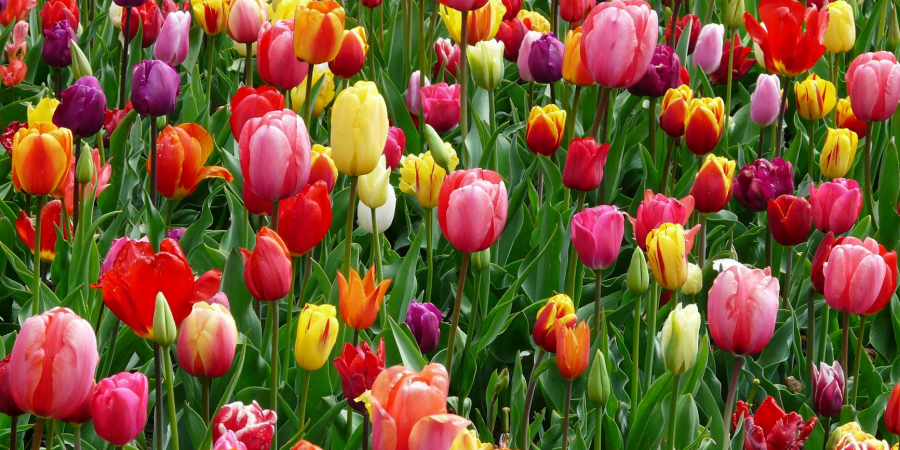

Flower, the distinctive reproductive structure of angiosperms. The term "flower" is commonly used to describe reproductive structures that are distinct in color and shape.
Flowers appear to offer an infinite number of combinations in terms of color, size, form, and anatomical arrangement. They differ in size from small to large flowers. Some plants, such as poppy, magnolia, tulip, and petunia, produce huge and spectacular blooms single, but other species, such as aster, snapdragon, and lilac, produce little flowers in a characteristic cluster known as an inflorescence. All flowers, regardless of type, serve the same purpose: to reproduce the species by producing seed.
Each flower is made up of a floral axis that supports the essential reproductive organs (stamens and pistils) as well as auxiliary organs (sepals and petals), which may attract pollinating insects while also protecting the vital organs. The floral axis is a substantially modified stem; unlike vegetative stems, which bear leaves, it is frequently constricted, resulting in the flower's parts being jammed together on the stem tip, or receptacle. The floral components are typically organized in whorls (or cycles), although they can also be arranged spirally, especially if the axis is elongate. Flower parts are typically divided into four whorls: (1) an outer calyx with sepals; (2) the corolla with petals; and (3) the androecium.
The sepals and petals form the perianth, also known as the floral envelope. The sepals are usually greenish and resemble shrunken leaves, whereas the petals are typically colorful and conspicuous. Tepals are also used to refer to indistinguishable sepals and petals, such as those found in lilies and tulips. The stamens, which are the male portions of the flower, are made up of a supporting filament and an anther, which produces pollen. The gynoecium, or female sections of the flower, is made up of one or more pistils, each of which has an ovary with an upright extension, the style, on top of which is the stigma, or pollen-receptive surface. The ovary protects the ovules, or prospective seeds. A pistil can be simple or made up of a single carpel or an ovule-bearing modified leaf; or compound, produced from many carpels linked together.
The largest single flower in Indonesia belongs to an unrelated carrion flower, the monster flower (Rafflesia arnoldii). The talipot palm (Corypha umbraculifera), which grows in India and Sri Lanka, has the biggest branching inflorescence.
All flowers have one special smell and fragnance
